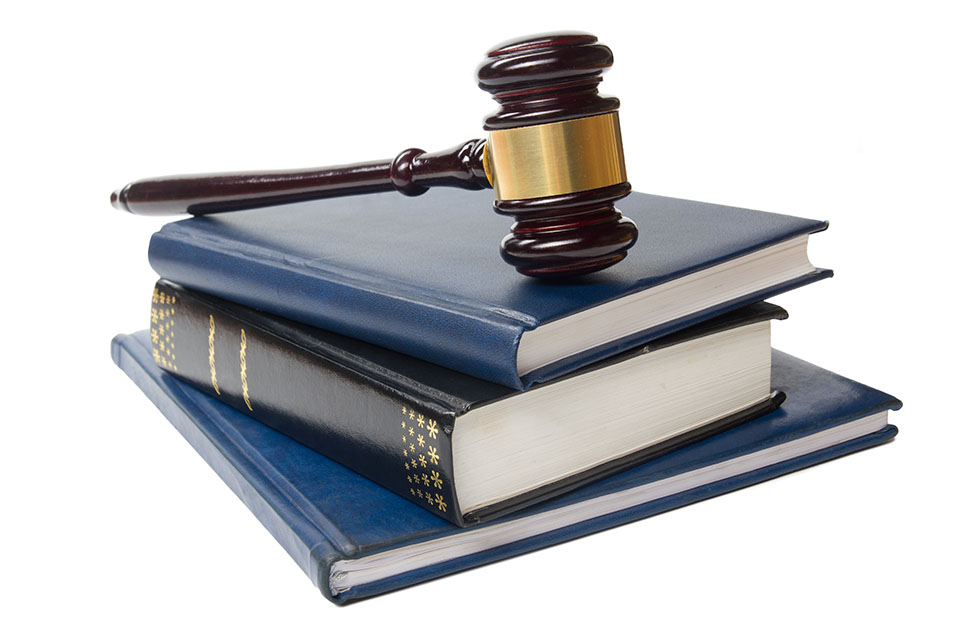Trademark Law and Brand Protection
Being negligent with brand protection can prove costly. There are now numerous law firms that are specialised in finding and penalising those who are guilty of trade mark infringement. So, before the first unpleasant letter finds its way to you, you should read up on the rules and rights. It’s equally as important for companies to protect their own brand names and prevent product imitation and other troublesome situations. We explain the most import terms and discuss when and why trade mark registration is especially important for young online companies.
What is a brand?
A brand is a distinguishable symbol, logo, name, word, or sentence, which companies use to set their products or services apart from the rest of the market. It’s most common to see brands comprising names and a related symbol, but 3D brands, and sound trade marks are also used.
A trade mark 'typically protects brand names and logos used on goods and services'. The brand can be thought of as a kind of advertisement or business card for the company, which it uses to present its products or services on the market. Trade marking a brand fulfils many functions:
- It helps to distinguish products and services from others on the market
- It makes their origins clear
- It invokes trust
- It reflects an image
- It stands for individuality
- It’s often associated with quality and guarantee
You may think that registering your company name counts as trade marking your brand, but it isn’t the same. Simply registering your company’s name does mean that another company can’t use this name, but it doesn’t give you any other rights.
Trade Marks Act 1994
The Trade Marks Act 1994 makes up part of the trade mark legislation in the UK and covers:
- The registration of trade marks and
- The protection of registered trade marks in the UK
This law covers trade marks within the United Kingdom and the Isle of Man. It implements EU directives and therefore incorporates some trade mark laws that are in effect in the EU member states. The Act replaces the Trade Marks Act 1938 and provides civil and criminal law sanctions when a trade marks is misused.
Rules for registering a trade mark
It makes sense to register your trade mark and protect your brand. Once your trade mark is registered, you can put the ® symbol next to your brand to signal to others that they can’t use it. You can also take legal action against anyone who uses your brand without first getting your permission, as well as being able to sell and license your brand.
Not everything can be registered as a trade mark – there are some rules you have to follow. It has to be unique and can include words, sounds, colours, logos, or a mixture of all of these. You won’t be able to register your trade mark if it:
- Is offensive i.e. contains swear words or pornographic images
- Explains what it relates to e.g. you can’t trade mark 'car' for a car company
- Is misleading e.g. says 'vegetarian' even though the products contain meat
- Is a 3-dimensional shape relating to your brand e.g. the shape of a car for a car company
- Is too common or simple e.g. a statement such as 'we are here for you'
- Looks too similar to state symbols such as flags, since this goes against the World Intellectual Property Organisation guidelines
Applying for your trade mark
It could be that your trade mark is already registered. To avoid wasting your time, you should first scour the trade marks database before you send off your application. If you find out that your idea has already been used or a similar one is in circulation, you can write to the owner and see if they will allow you to register yours too. You will then receive a Letter of Consent from the owner, which you need to send off with your application.
Make sure that you’re 100% set on your trade mark, because it can’t be changed once you’ve applied for it and the fees won’t be returned. The registration can be completed on the Gov.uk website.
The standard fee to apply online is £170 and additionally you pay £50 for each class that your brand falls into e.g. class 25 is clothing, footwear, and headgear, class 33 covers alcohol drinks, etc. If you decide to apply via Right Start, you pay £100 upfront then another £100 if you continue with your registration (you can continue with your registration even if your trade mark idea doesn’t meet the rules for registration, but you must pay the whole fee within two weeks of receiving your report).
It’s also possible to fill out paper forms and apply via post if you prefer. This sets you back £200 for one class and £50 for each individual class. Once granted, a registration will initially last for a decade and as long as payments are made, it could remain in force forever.
Be aware that registering your trade mark in the UK only protects it there. There are other rules and processes for registering in the EU and internationally.
Conclusion
A brand name is the basis for creating company recognition. If customers are already familiar with individual products or whole product ranges, they can easily recognise new products in a company’s range thanks to the brand name. Brands convey an image as well as suggesting quality, almost like a way of making a promise to customers who are already in contact with the company.
But this is all useless if you haven’t officially registered your trade mark. By trade-marking your brand, you’ll make sure you don’t infringe on any third-party rights while protecting your products or services against others misusing your name. Young online companies should also start the trade mark application as quickly as possible.
Please note the legal disclaimer relating to this article.






